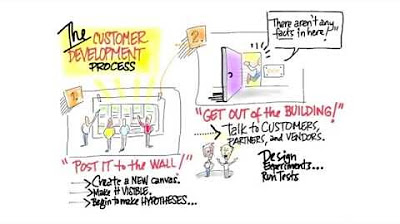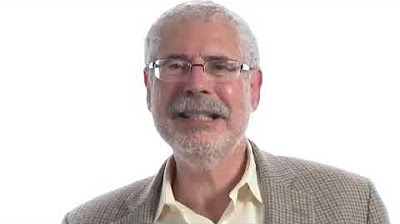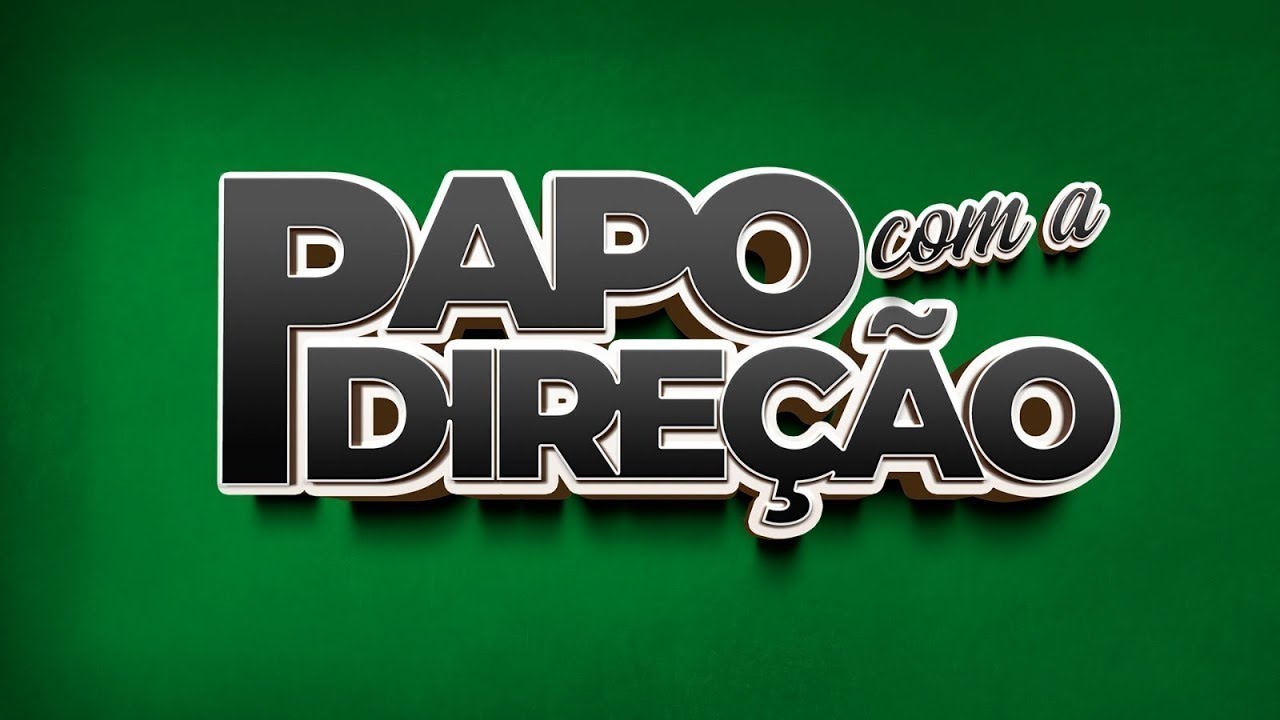Customer Discovery: What Do You Ask, with Justin Wilcox
Summary
TLDRIn this video, Justin Wilcox, founder of Nimbus Health, shares four customer discovery hacks to help startups avoid common pitfalls in customer development. He emphasizes the importance of not pitching during interviews, focusing on past and present questions, and listening to customers' stories to uncover their pain points. He provides a script for conducting interviews, highlighting the significance of asking 'why' multiple times to reach the core of customer needs and emotions.
Takeaways
- 💼 Justin Wilcox is the founder of Nimbus Health, a software company that automates medical record processing for hospitals.
- 📝 He also runs a blog called Customer Dev Labs where he and other founders share their customer development experiences.
- 🔍 The focus of the talk is on four customer discovery hacks that Justin found difficult when starting with customer development.
- 🚫 Rule one for interviewing is no pitching; the goal is to listen and learn from customers.
- 🗣️ Rule two is to ask about past and present experiences, not hypothetical future scenarios, to avoid misleading predictions.
- 🤔 The interview script starts with asking customers to tell a story about a recent problem they faced, which helps identify difficulties or annoyances.
- 🧐 The 'why was that hard' question is crucial but can be awkward; it's used to understand the core of the customer's problem.
- 🔑 The 'how do you solve this problem' question reveals whether the customer actively tries to solve the issue and if their current solution is satisfactory.
- 😢 Pay attention to the emotions expressed by customers during the interview, as they can help connect and empathize with them.
- 🔄 Interviewing the same customer multiple times can provide new insights and a deeper understanding of their needs.
- 🤓 Asking 'why' five times can uncover the core emotions and motivations behind a customer's actions and the problems they face.
Q & A
What is the main purpose of Justin Wilcox's blog, Customer Dev Labs?
-The main purpose of Customer Dev Labs is to share customer development experiences by Justin Wilcox and other founders, to help others avoid the same pitfalls they encountered.
What are the four customer discovery hacks discussed in the transcript?
-The four customer discovery hacks discussed are: 1) setting up the interview, 2) understanding what to ask customers, 3) the importance of listening and not pitching during interviews, and 4) the specific questions to ask to gain insights into customer problems.
Why is it important not to pitch during customer interviews according to Justin?
-It's important not to pitch during customer interviews because it shifts the focus from learning and absorbing information to trying to sell a product, which can lead to misleading feedback and a lack of genuine understanding of the customer's problems.
What types of questions should be avoided when conducting customer interviews?
-Hypothetical future-oriented questions like 'would you ever' or 'will you ever' should be avoided as they tend to elicit predictions that are not reliable and can mislead the development process.
What is the first question Justin suggests asking customers in an interview?
-The first question suggested is an open-ended one asking customers to tell a story about the last time they encountered a specific problem context, such as being late to an appointment.
Why is asking 'why was that hard' considered a golden question in customer interviews?
-Asking 'why was that hard' is golden because it leads to understanding the core difficulty and emotion behind a customer's problem, which can be used to resonate with them when marketing a solution.
How does Justin recommend assessing if a customer is genuinely trying to solve a problem?
-Justin recommends assessing if a customer is genuinely trying to solve a problem by asking how they currently solve it and then inquiring why their current solution is not satisfactory.
What are the bonus points Justin suggests to enhance the customer interview process?
-The bonus points are: 1) noting the emotions expressed by the customer, 2) conducting the interview process multiple times to learn something new each time, and 3) asking 'why' five times to get to the core of the customer's motivations and difficulties.
What is the primary goal of the interview script provided by Justin?
-The primary goal of the interview script is to deeply understand the customer's problems, their emotions, and their current solutions to identify potential areas where a new product or service could provide value.
How does Justin suggest using the information gathered from customer interviews?
-Justin suggests using the information, including the customer's own words and emotions, to create marketing messages that resonate with them when it's time to pitch the solution.
Outlines

このセクションは有料ユーザー限定です。 アクセスするには、アップグレードをお願いします。
今すぐアップグレードMindmap

このセクションは有料ユーザー限定です。 アクセスするには、アップグレードをお願いします。
今すぐアップグレードKeywords

このセクションは有料ユーザー限定です。 アクセスするには、アップグレードをお願いします。
今すぐアップグレードHighlights

このセクションは有料ユーザー限定です。 アクセスするには、アップグレードをお願いします。
今すぐアップグレードTranscripts

このセクションは有料ユーザー限定です。 アクセスするには、アップグレードをお願いします。
今すぐアップグレード関連動画をさらに表示

How To CORRECTLY Start Up In 2025? | The ULTIMATE Guide

How To Talk To Users | Startup School

The Customer Development Process. 2 Minutes to See Why

Customer Development - Steve Blank

Pormade - PAPO COM A DIREÇÃO - com João Ricardo

The Do’s and Don'ts of Fasting with Dave Asprey - The Genius Life Podcast
5.0 / 5 (0 votes)
